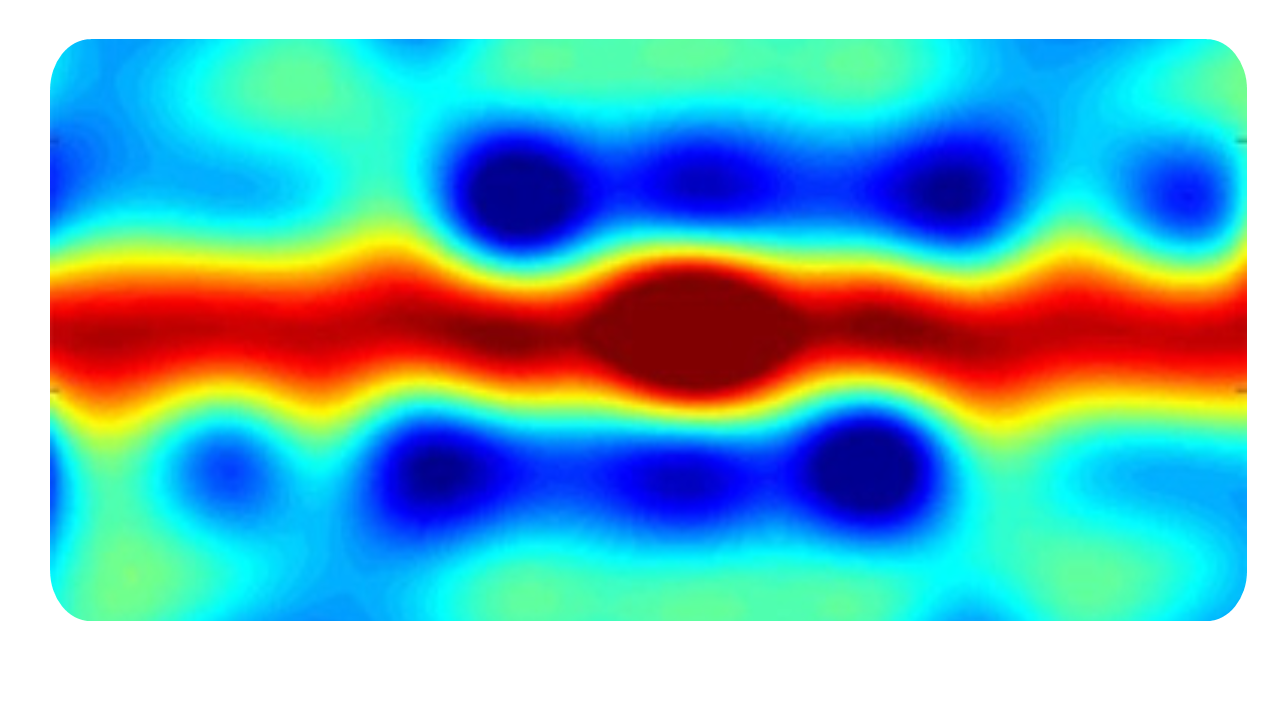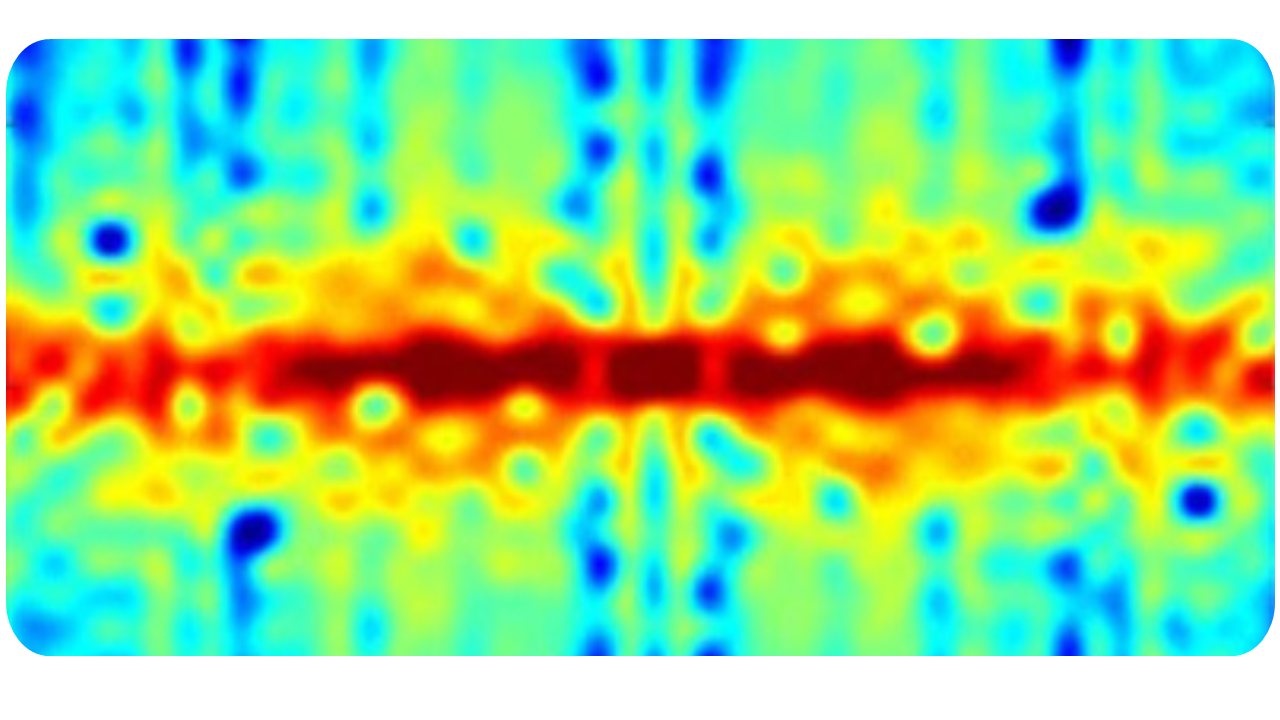Pest & Disease Detection
Catch problems early. Prevent the rest.
Detect pests and diseases 2-3 weeks before they're visible to manual inspection. Protect your crops with AI-powered early warning systems.
Comprehensive Threat Detection
Monitor for the most common and damaging greenhouse pests and diseases
Aphids & Whiteflies
Early detection of flying insect populations before they establish colonies.
Spider Mites
Identify mite damage patterns and population hotspots across your facility.
Thrips
Spot thrips feeding damage and monitor population dynamics in real-time.
Fungal Diseases
Detect powdery mildew, botrytis, and other fungal infections at first appearance.
Bacterial Diseases
Early identification of bacterial spot, canker, and other bacterial infections.
Nutrient Deficiencies
Catch nitrogen, phosphorus, and potassium deficiencies before yield impact.
Internal Analysis
See Inside Your Crops
Detect internal problems before external symptoms appear
Healthy Pepper Core Analysis
This healthy pepper core shows uniform density and structure. Our sensors analyze internal patterns to establish baselines for healthy fruit, enabling early detection of deviations that indicate developing problems.
Internal Imaging
Advanced sensors penetrate fruit and vegetable tissue to analyze internal structure and health.
Early Rot Detection
Identify internal decay, hollow core, and quality defects weeks before visible signs.
Quality Assessment
Measure moisture content, density variations, and internal health indicators non-invasively.
Predictive Analysis
Forecast which crops will develop problems and optimal harvest timing for quality.
Disease Detection
Early Internal Disease Detection
Catch problems weeks before they're visible
Diseased Pepper Core Detection
This diseased pepper core shows internal rot and structural breakdown that would be invisible to external inspection. Our technology identifies these problems weeks before they impact crop quality or marketability.
Rot Detection
Identify early stages of internal rot before any external symptoms appear.
Density Analysis
Measure tissue density variations that indicate developing problems.
Structural Changes
Detect hollow core, breakdown, and other internal structural issues.
Quality Prediction
Predict shelf life and optimal harvest timing based on internal health.
Advanced Detection
How Early Detection Works
Computer vision that sees what human eyes miss
Prevention is better than cure
By the time pests are visible during manual scouting, they've often already established breeding populations. Our system catches them at first arrival.
Microscopic Analysis
High-resolution cameras capture leaf surface details invisible to naked eye inspection.
Pattern Recognition
AI models trained on thousands of pest and disease images identify subtle early symptoms.
Population Tracking
Monitor pest populations over time to predict outbreak timing and severity.
Risk Assessment
Environmental data helps predict which areas are most vulnerable to specific threats.
Integrated Response
From Detection to Action
Automated alerts and treatment recommendations
Smart treatment timing
Know exactly when and where to deploy treatments for maximum effectiveness and minimum environmental impact.
Instant Alerts
Receive notifications via email, SMS, or dashboard when threats are detected.
Location Mapping
Precise GPS coordinates show exactly where problems are emerging.
Treatment Recommendations
AI suggests optimal treatments based on pest type, population level, and crop stage.
IPM Integration
Coordinate biological controls, beneficial releases, and targeted treatments.
Detection Performance
Measurable protection for your crops
FAQ
Frequently Asked Questions
Everything you need to know about pest and disease detection
How early can the system detect pest problems?
We typically detect pests 2-3 weeks before manual scouting would identify them. For some pests like aphids, detection happens within 24-48 hours of initial arrival.
What pests and diseases can the system identify?
Currently covers 15+ common greenhouse pests and diseases including aphids, whiteflies, spider mites, thrips, powdery mildew, botrytis, and bacterial infections. The library expands regularly.
How accurate is the pest identification?
Our models deliver exceptional accuracy for major pest identification and disease detection. False positive rates are minimized to avoid unnecessary treatments.
Can the system recommend specific treatments?
Yes, our IPM module suggests treatments based on pest type, population level, crop stage, and your preferred management approach (organic, conventional, or biological).
How does this integrate with existing IPM programs?
The system complements your current IPM strategy by providing earlier detection and more precise timing for beneficial releases and treatments.
What alerts do I receive when pests are detected?
Configurable alerts via email, SMS, or mobile app include pest type, location, severity level, and recommended actions. Alert thresholds can be customized.
Protect your crops proactively
Don't wait for visible damage to take action. Start detecting threats weeks before they impact your yield.

